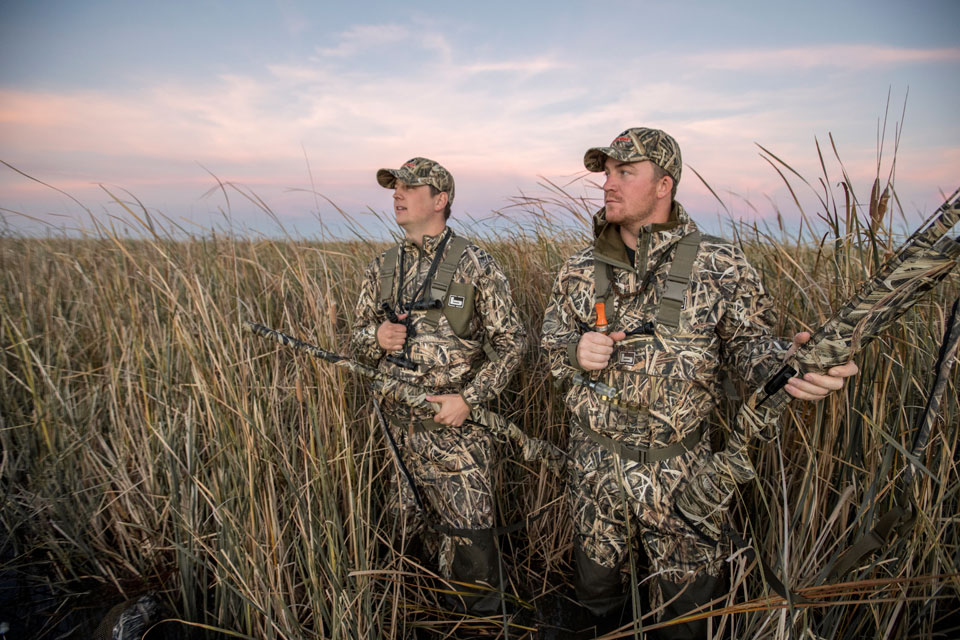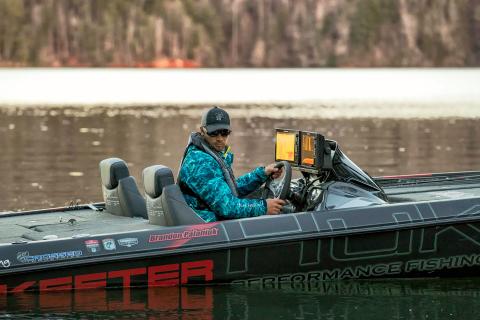Todd Amenrud | Originally published in GameKeepers: Farming for Wildlife Magazine
As GameKeepers, ethics should come naturally. However, oftentimes the U.S. Fish & Wildlife Service (USFWS) or your state’s department of natural resources (DNR) leave some grey areas in the waterfowl regulations that may be unclear to some. It’s important that you read and understand all laws whenever hunting any species. The information is readily available through several sources, but the following may help you to understand the federal waterfowl baiting regulations a bit more.
Please note that much of the information on waterfowl laws below comes directly from the U.S. Fish & Wildlife Service.

Waterfowl Regulations 101
You cannot hunt waterfowl by the aid of baiting or on or over any baited area where you know (or reasonably should know) that the area is or has been baited. Baiting is described as “the direct or indirect placing, exposing, depositing, distributing, or scattering of grain or other feed that could lure or attract waterfowl to, on, or over any areas where hunters are attempting to take them.” It’s important to note that a baited area remains off limits to hunting for 10 days after all grain, or other feed has been completely removed.
It is legal to hunt waterfowl in fields of unharvested standing crops. You can also hunt over standing crops that have been flooded and flood fields after crops are normally harvested. Hunting over waterfowl food plots that have not been harvested, but that have been manipulated (rolled/disked) is considered baiting. The presence of seed or grain in an agricultural area rules out waterfowl hunting unless the seed or grain is scattered solely as the result of a normal agricultural planting, normal agricultural harvesting, normal agricultural post-harvest manipulation, or a normal soil stabilization practice.
Hunters should be aware that normal harvesting practices can be unique to specific parts of the country. For example, swathing wheat crops is a part of the normal harvesting process recommended by the Cooperative Extension Service in some areas of the Upper Midwest. During this process, wheat is cut, placed into rows, and left in the field for several days until it dries. Hunting waterfowl over a swathed wheat field during the recommended drying period is legal.
Natural vegetation is any non-agricultural, native, or naturalized plant species that grows at a site in response to planting or from existing seeds or other propagules. If you restore and manage wetlands as habitat for waterfowl and other migratory birds, you can manipulate the natural vegetation in these areas and make them available for hunting. This is why many managers use at least a portion of their ground for moist soil management. By disking, the use of fire and other management practices, oftentimes the native seed bank can be coaxed into producing tons of waterfowl forage without ever planting an actual crop. This IS legal to manipulate AND hunt over.
The Grey Areas
In talking with several conservation officers, much of the baiting issue boils down to intent. In fact, they say that's why there is a grey area in the law. Most often, you can tell immediately if someone is trying to get away with baiting or not. But a good conservation officer will usually let someone off with a warning if, for instance, they accidentally set up near a food source that could be considered baiting without knowing it. If you have any questions, read your regulations thoroughly and talk with your local officer if there’s something you don’t understand.






























